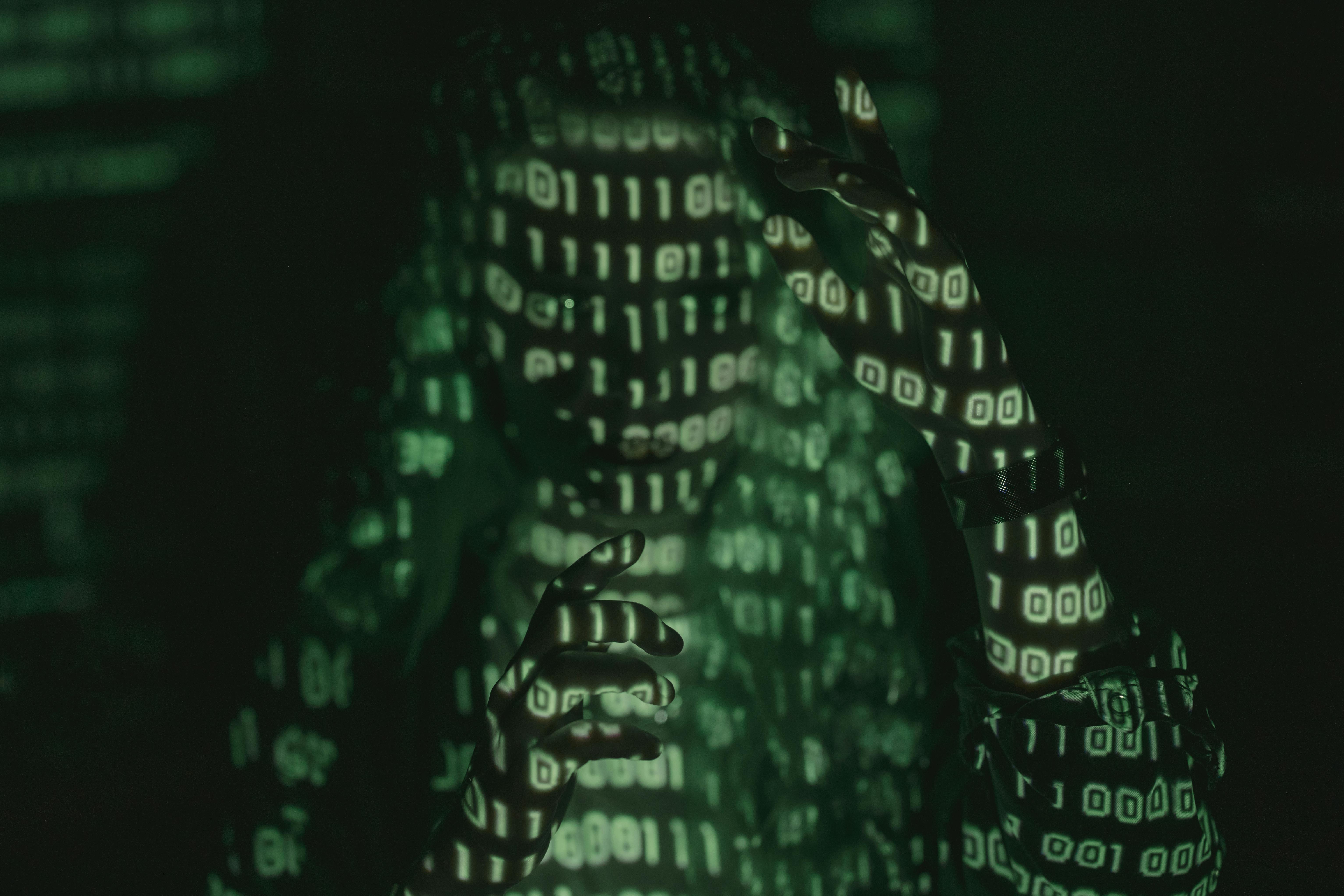Quantum Computing and Cybersecurity: Preparing for 2025 and Beyond
Published on June 7, 2025 | Nathirsa Blog

Quantum computing is rapidly advancing and poised to revolutionize many industries, but it also presents a significant challenge to cybersecurity. In 2025, organizations face growing risks as quantum computers approach the capability to break widely used encryption methods, threatening data confidentiality and digital trust.
The Quantum Threat to Encryption
Traditional public key encryption (PKE) algorithms like RSA and ECC rely on mathematical problems that classical computers find difficult to solve. However, a sufficiently powerful quantum computer can use algorithms such as Shor’s algorithm to break these encryptions efficiently. This capability endangers any sensitive data protected by current cryptographic standards.
Post-Quantum Cryptography (PQC): The Path Forward
To counter quantum threats, the National Institute of Standards and Technology (NIST) has developed and standardized several post-quantum cryptographic algorithms designed to resist quantum attacks. Organizations are urged to begin migrating to PQC to secure communications and data against future quantum-enabled breaches.
Phased PQC Adoption
- Identify critical systems and data requiring quantum-safe protection.
- Implement hybrid cryptographic solutions combining classical and post-quantum algorithms.
- Gradually transition infrastructure and applications to PQC standards.
- Continuously monitor developments in quantum computing and cryptography.

Quantum Key Distribution (QKD)
QKD leverages quantum mechanics to securely exchange encryption keys. Any interception attempt disturbs the quantum state, alerting communicating parties to the presence of an eavesdropper. While QKD offers unparalleled security for sensitive communications, it requires specialized infrastructure and complements rather than replaces PQC.
Current Industry Efforts and Challenges
Major technology providers and governments are investing heavily in quantum-safe solutions. For example, Cloudflare has integrated PQC protections into its zero-trust platform, and the UK’s National Cyber Security Centre (NCSC) has issued guidance on PQC migration strategies.
However, challenges remain, including the complexity of migrating legacy systems, ensuring interoperability, and addressing vulnerabilities discovered in some PQC algorithms, such as CRYSTALS-Kyber.
Recommended Video: Quantum Computing and Cybersecurity Explained
Conclusion
Quantum computing promises transformative benefits but also poses unprecedented cybersecurity risks. Organizations must act now to understand quantum threats and adopt post-quantum cryptography and quantum key distribution to safeguard their digital futures. Proactive preparation will be essential to maintaining trust and security in the quantum era.
Stay informed and prepared with the latest insights at Nathirsa Blog.


No comments:
Post a Comment